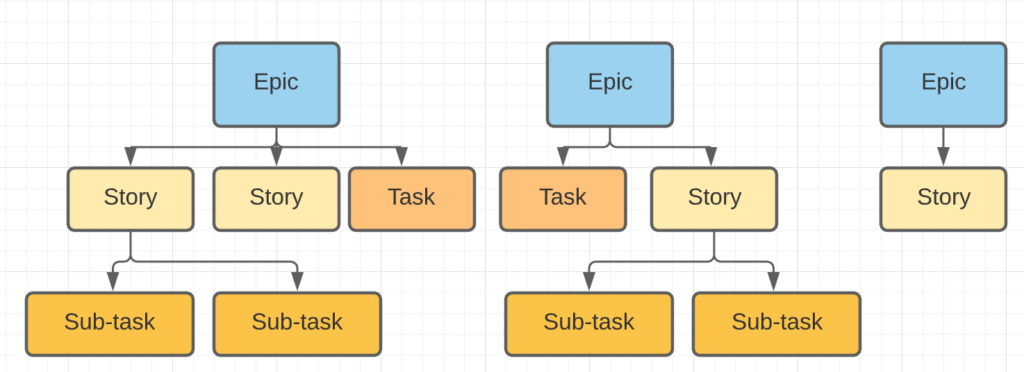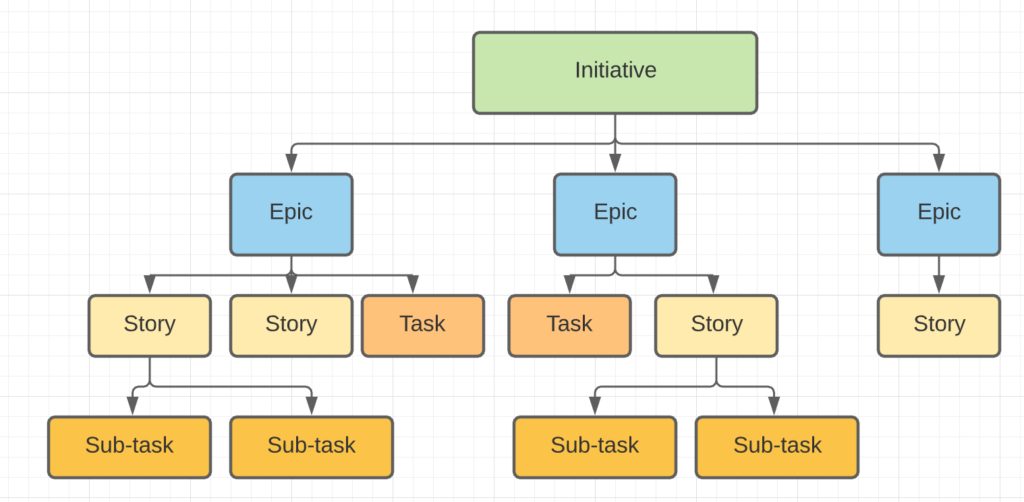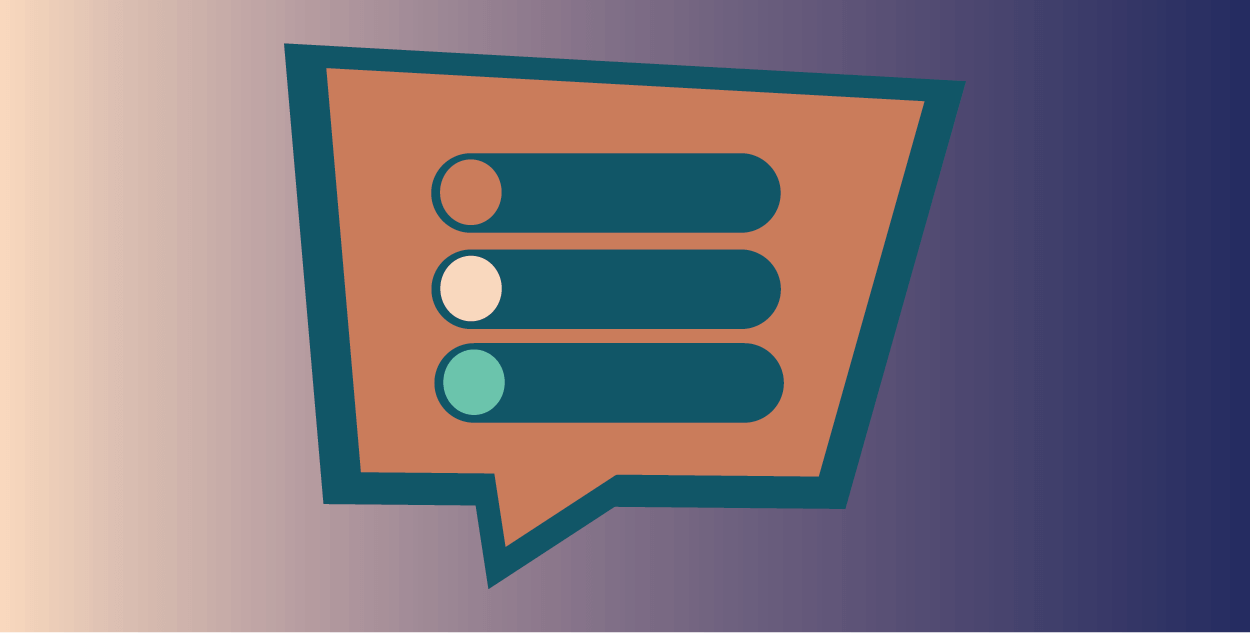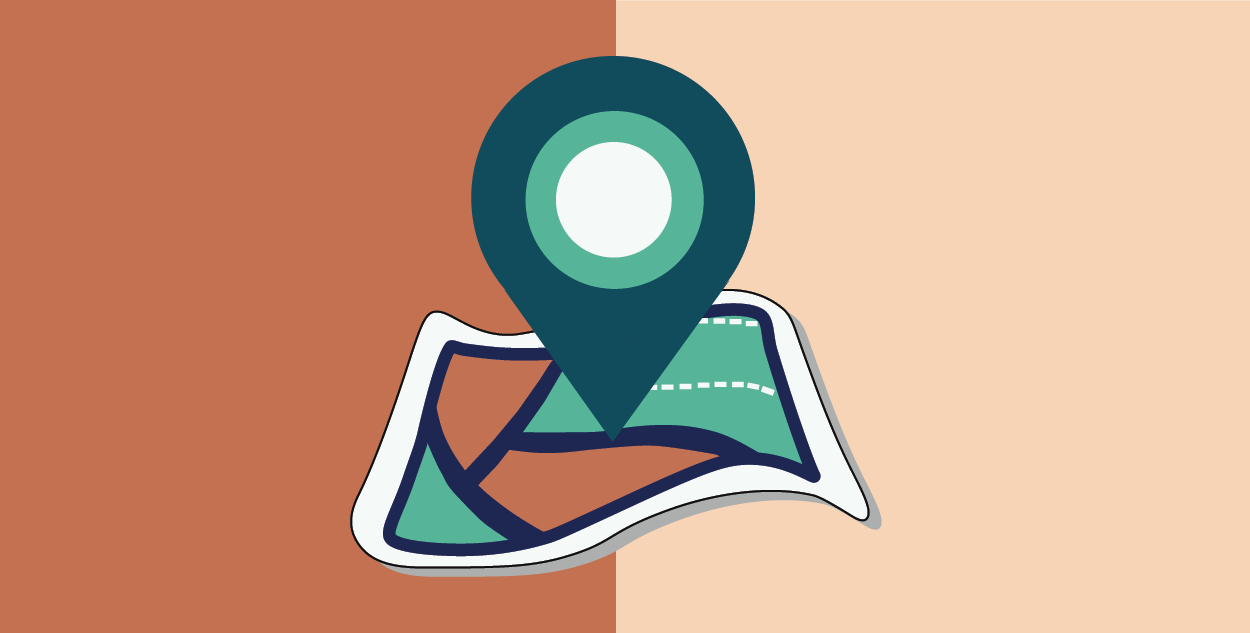Jira Hierarchy is the basis of Agile
It further allows teams to use agile methodologies to complete sprint planning and release cycles, as work is broken down into tasks that can be delivered within a short cycle of time (i.e. a few weeks).
In Jira Software, the default hierarchy is as follows:

At the highest level, you have the ‘Epic’. The Epic is normally a broad scope of work that needs to be completed, something that cannot be done within one sprint cycle. At the lower level, you have both stories and tasks. These issue types can be directly related to an Epic.
- Stories are pieces of work that make up an Epic, and can range from taking hours to days to complete. Stories are often product-defined, user stories that identify application behaviour and follow workflows that may be similar to Epics.
- Tasks are typically deliverables that do not directly impact end-user functionality, and follow very simple workflows.
The last piece of this breakdown is sub-tasks which define how work may be dissected further (i.e. details of the delivery of a story). Important to note – there is no direct relationship between sub-tasks and Epics. The ability to report on sub-task relationships with Epics requires the use of plug-ins in order to do so effectively.
Jira Advanced Roadmaps
Jira Software Premium comes with Advanced Roadmaps, which introduces the ability to create further levels of hierarchy. Administrators can define concepts such as Goals, Themes and Initiatives. Conceptually, this changes the hierarchy of issue types to:

Jira Software Premium hierarchies help to improve organizational flexibility when managing work. It promotes strategic thinking and roadmapping to enable teams to build strong, forward-looking plans.
Interested in learning more?
Interested in exploring more about Jira planning? Learn how OKRs can help keep your business on track. Hierarchy is the basis of more complex work management structures.





